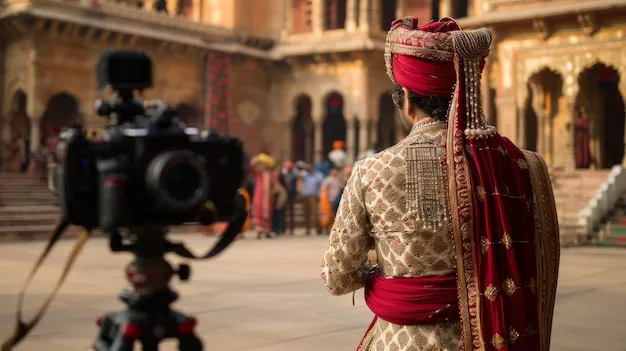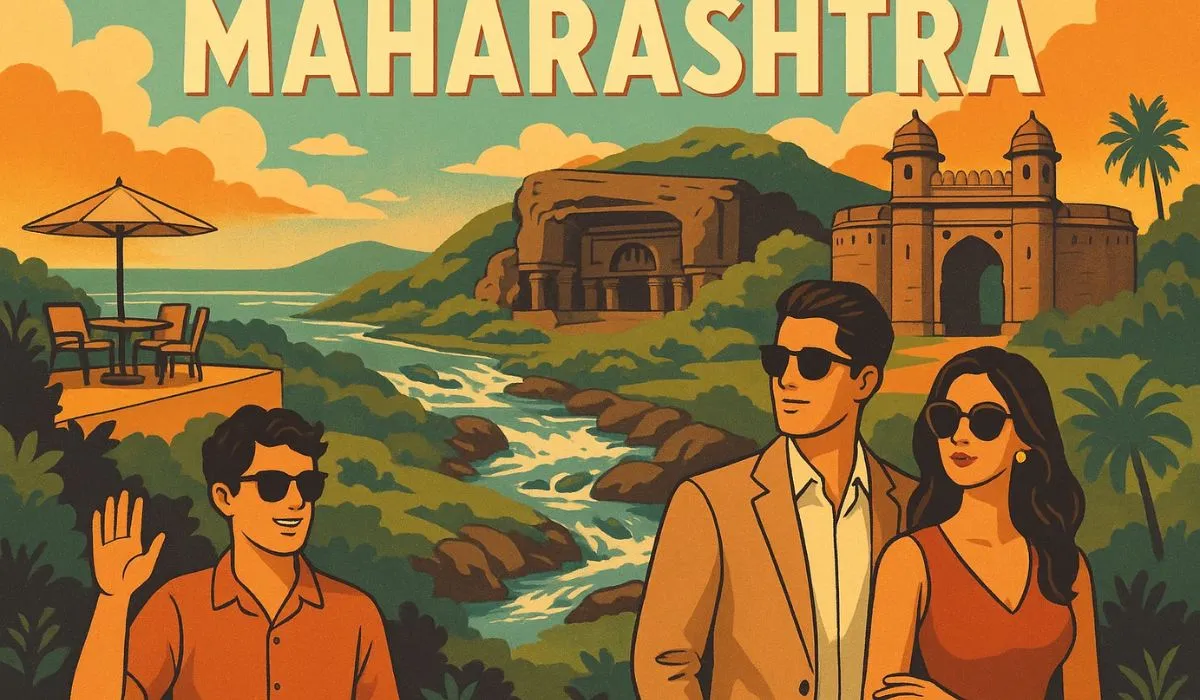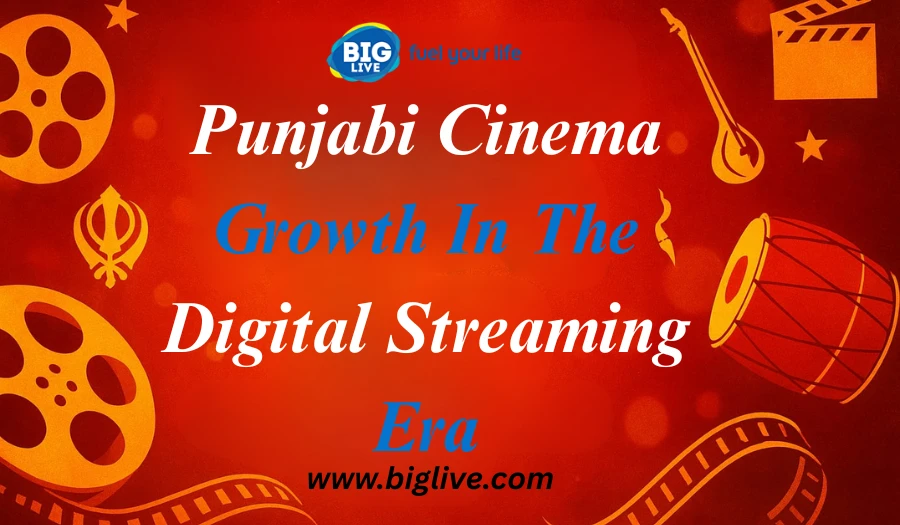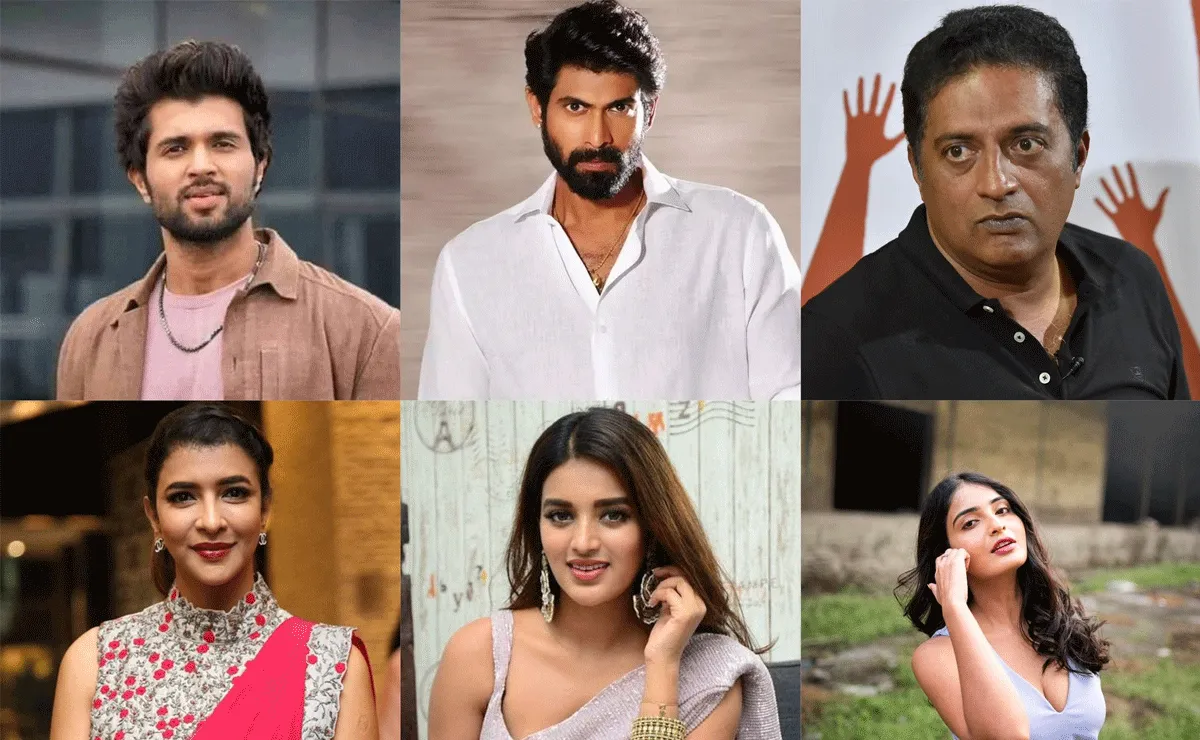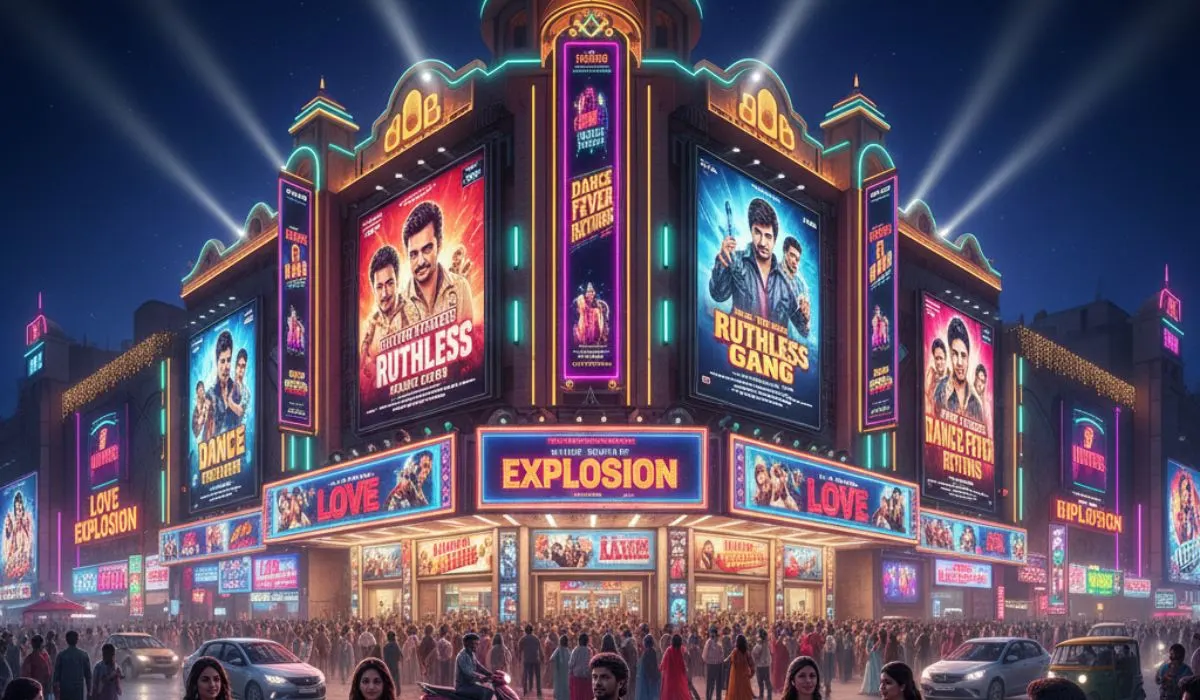Picture the early days of Gujarati films—not the glossy, colorful cinema of today, but a time when films flickered in black-and-white, and the soundtracks came alive in dusty projection halls. The melodies weren’t about fame or flair. They were heartfelt, echoing through small towns and cities with a kind of sincerity that’s hard to find now. These weren’t chart-topping hits from posh studios. Instead, the tunes came from passionate musicians—names like Suresh, Champak, and Anil—who gave it their all, often with little in return. What made those songs stick wasn’t polished production—it was the rawness. Maybe it was a harmonium playing slowly in the background, a lone tabla thumping out a rhythm, or the whisper of a bamboo flute. There wasn’t much money or modern equipment, but the soul was there. The singers didn’t have flawless technique, but their voices held something else—genuine feeling, almost like the old folk singers by the village pond. The lyrics, too, had roots in real life. Penned by quiet poets who knew the dialects, the sayings, the small joys of Gujarati living—they painted scenes through verses. From the narrow streets of old Surat to the coastlines near Okha, these creators caught life as it was. They weren’t chasing stardom; they were just telling stories through sound. Decades later, with better gadgets and louder fame, the newer artists stepped in. But those early voices? They’re the ones who built the path. Without them, today’s catchy film songs and fusion beats might not exist. They remain unsung, but their music—wellworn cassette tapes or digital playlists—still moves people.
Read Also: Sufi Vibes & Stage Lights: Satinder Sartaaj’s Tour Hits Gujarat
Signature Hits That Survived Generations
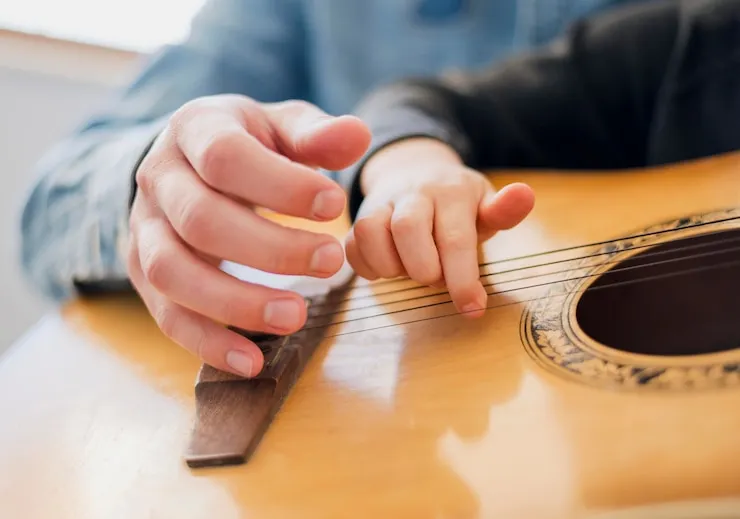
Every pioneer had a song—sometimes one, sometimes two—that refused to fade. There was the lullabylike number sung by an emerging playback singer in the late 60s: soft, warm, about a mother’s prayer on a festival night, set to flute and light strings. The kind of tune that mothers hum to lull children decades later. Or the upbeat village folk song that mirrored a wedding procession, with dholak, manjira, and callandresponse singers. It anchored itself into memory long after the movie left theatres. Some of these songs were lullabies, some harvest festival numbers, some melancholic love ballads. But they all shared a quality: strong Gujarati identity. They weren’t watereddown Bollywood imitations. They carried kitefestival joys, monsoon romance, wedding payals, market chatter. That’s why, even today, people hum those lines at cultural shows, local fairs, or family gatherings. Youngsters online tag their grandparents, asking, “What’s the name of this old song you used to play?” And grandparents grin, thrilled that these tunes still spark nostalgia. There’s the song about a pet goat in a village, comical yet catchy. There’s the devotional track about local temples, slow and meditative. And the urban city love song that speaks in simple Gujarati colloquialisms. Each piece felt personal, noncommercial, but truthfully reflective. They’re imperfect, sometimes off key, yet they feel alive.
The Voices: Real People with Real Feelings
The pioneers often weren’t classically trained professionals. Some were stage artists, reciters, local theatre singers, temple bhajan singers. A few had studied music under local gurus, but most learned on the job—voice lessons happened just before recording tracks. You can still hear it in those voices: a slight quaver, a spontaneous flourish, a breath catch at emotional lines. And maybe that’s the charm. These people sang not for fame but for storytelling. These voices left imprints. The male voice that cracked softly on a high note about separation. Or the female voice that giggled mid-chorus, unplanned, adding innocence. Even when quality control was strict, producers let those quirks in, because they sounded authentic. Fans still talk about how these singers felt like neighbors singing next door, rather than unreachable icons. There was sacrifice too. Home visits by composers and arrangers were common. A singer might skip meals to record more takes, or return the same day by train. Some songs were recorded in one single night, just before the studio closed. And yet, the playback tape would become a household refrain. That dedication made those hits timeless—made them stick.
Melody Meets Modern Times: How These Songs Live On
You won’t find most of these songs on trending charts. But type the name of the old film on YouTube or local Gujarati music apps, and you may find them tucked away in playlists called “Vintage Gujarati Classics” or “Golden Soft Hits of Gujarat.” Small music labels or relatives still upload them, often with shaky videos or images of actors. Comments like “This song brings tears” and “We used to dance to this at our wedding in 1975” flood in. And that’s the measure—not popularity, but memory. Weddings sometimes play these songs as retro starters before the DJ kicks in. Local theatre and school cultural programs will set dances or dramas to their melody. You might hear a radio RJ cue up an old track and say, “Here’s a gem from long before social media.” Online nostalgia channels show the old vinyl or cassette boxes, people swiping them as rare treasures. Not massmarket icons, but quiet treasures. In Gujarati families, the elders pass down lyrics line by line. Kids pick them up to tease parents: “You still remember those lines?” And parents hum on, knowing each word. It becomes memory passed from generation to generation. That’s how these songs live—through repetition, emotion, and small acts of remembrance.
Read: Baithak Nights & Fusion Lights: Music Events Worth Attending in Gujarat
Why These Pioneers Matter Even Today?
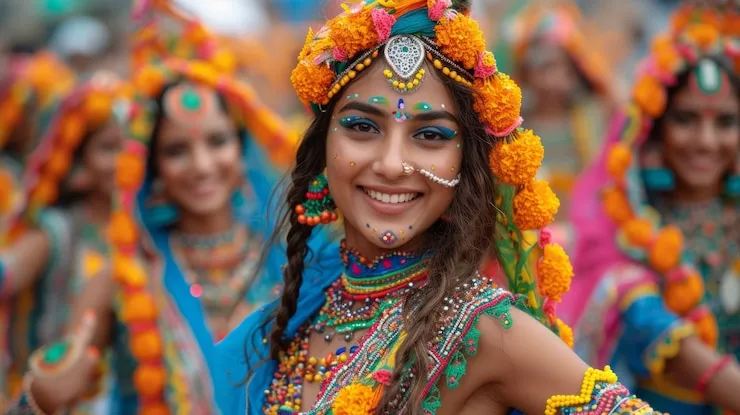
Listen closely: the modern Gujarati film music you hear now—those upbeat tracks and fusion styles—they rest on what those pioneers built. The emotional resonance, the folk roots, the cultural authenticity—that’s their legacy. Contemporary music directors sometimes sample their old tunes or weave similar ragas into pop arrangements. Even rap songs in Gujarati sometimes reference vintage lines. Without pioneers laying this groundwork, today’s musical experiments might lack soul. More than sound, these pioneers taught music that lives in community. Their songs were more communal than commercial. They were sung in families, in satsangs, temple gatherings—not just piped into headphones. They brought people together, even if quietly. In an era before social media or trending algorithms, their songs trended through human memory and emotion. If you asked someone in the 70s about a good song, they’d hum back something local, not TopBillboard. So, in the grand scheme, these unsung legends deserve recognition—not in flashy galas, but in small ways. A few voices trained in music schools might still record tribute albums. Cultural shows might honor their names during vintage nights. Journalists might interview their cildren to reconstruct stories about studio sessions in 40-yearold buildings. But even without that, their legacy lives in how Gujaratis hum in temples, weddings, lanes, and homes.
Final Thoughts
These pioneers might never have received awards or stood on big stages. But through their melodies, they left footprints—tiny but deep—in the hearts of Gujarati listeners. Their music was raw, pure, heartfelt—and built on cultural soil. Whether it’s a folk tune about monsoon love or a bhajan at dawn, these songs stand as proof that great music needs sincerity more than polish. So next time someone hums “that old Gujarati film tune,” ask them who sang it. They might not know. Names might blur. But the feeling remains vivid. That’s the true power of these unsung legends. Their songs may not make headlines, but they make hearts flutter—and sometimes, that’s all that matters.



